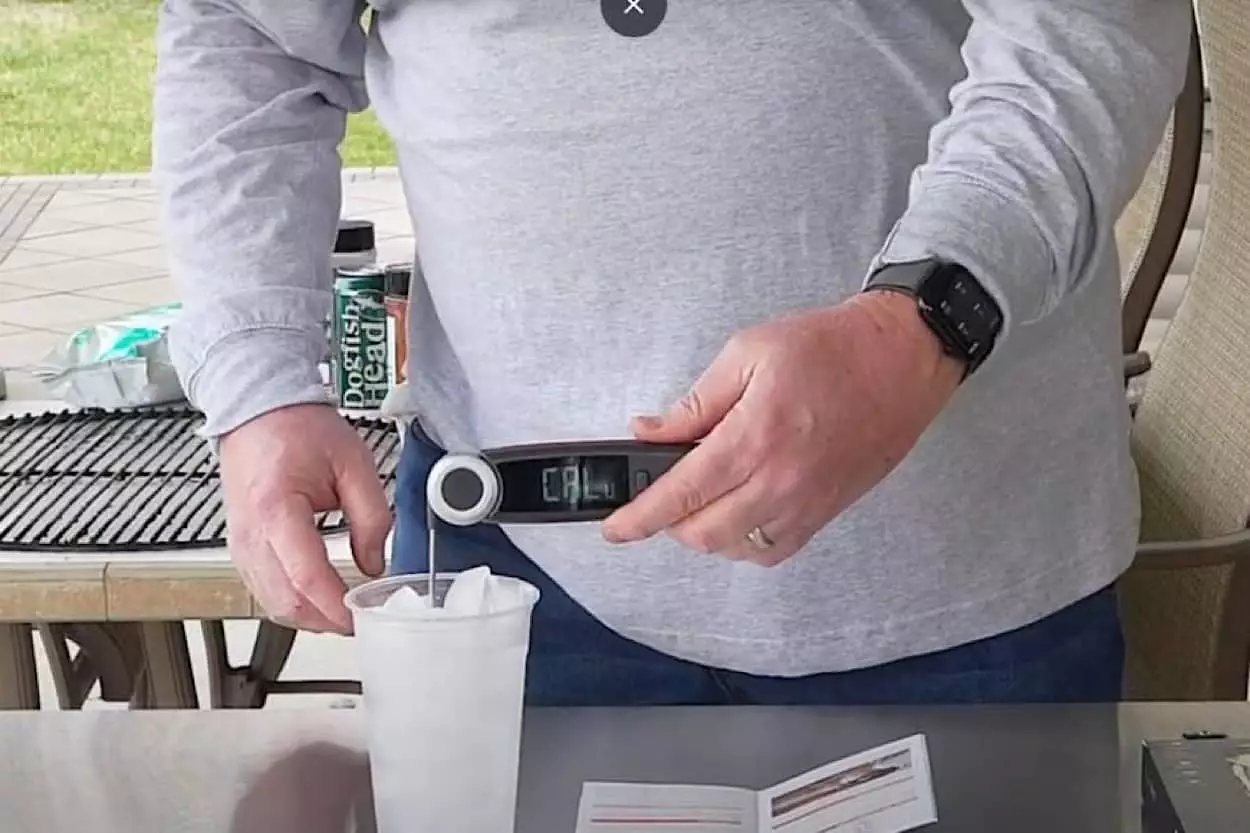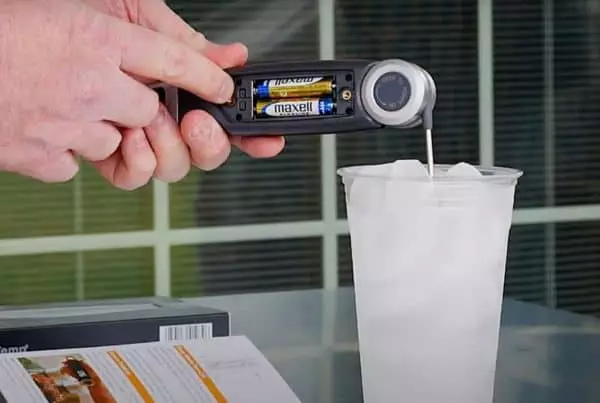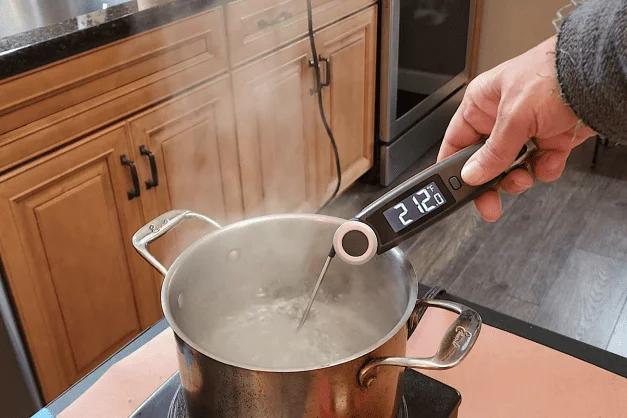
What is the Range of Accuracy for Measuring Food Temperature?
Using a thermometer to check the temperature (especially the internal temperature) of food is critical for food safety. It is true when dealing with specific types of food, such as poultry, that require the meat to be fully cooked before serving and consuming it. It’s important to know what the range of accuracy is for food temperature measuring devices to guarantee that foodborne illnesses can be prevented.
Table of Contents
Why Use a Thermometer for Checking Food Temperature?
Using a food thermometer is the most reliable way to know the internal temperature of the meat while you are cooking it, and the appliances before you cook the meat. It also ensures the accuracy of the meat’s “doneness”. The level of doneness will determine the cook and the tenderness of the meat. If the meat is overly done, it can become tough and rubbery. If it is underdone, it is tough and unsafe to eat.
Ensuring doneness is also for your safety. Certain types of meat must reach a specific internal temperature to ensure that harmful microorganisms are killed in the cooking process. It also directly impacts other aspects of the food, such as the texture, juiciness, and flavor.
Without a thermometer, you have to rely on sensory aspects, such as the way the food smells, looks, and feels (when touched with your hand). However, these are all subjective ways of checking the doneness of the meat. Only a thermometer can provide an accurate temperature reading so you know the food is ready and safe to eat.
What is the Range of Accuracy for Food Temperature Measurement?
The accuracy range is a crucial factor to consider when checking the food temperature. The accuracy rating is indicated on the label when you purchase a food thermometer. It should be noted that thermometers cannot provide the exact temperature reading; it is only the closest and most approximate reading. This also applies even to the highest-quality and industrial-grade thermometers.
The ideal accuracy range for food temperature measuring devices is +/-1% of its scale. For example, when you are measuring the food temperature, the reading might be 1-2 degrees higher or lower than the actual temperature. A temperature reading of 10 degrees F would mean that the actual temperature could be either 9 degrees F or 11 degrees F. Make sure to follow the best practices on using a particular thermometer to ensure that you can get the most accurate reading.
The accuracy rating varies from one model of thermometer to another. Therefore, you should always check this information when choosing which thermometer to buy.

Testing Your Thermometer for Accuracy
The best way to test a thermometer for accuracy is to use it on a substance with a known temperature. For example, you can test it on an object with a known temperature of 40 degrees F. Test your thermometer to see if it reads that same temperature. If not, you can adjust your thermometer to match that temperature reading.
The ice bath test is another reliable method of testing your thermometer for accuracy. To perform this test, put ice in a tall glass and fill it to the brim with water, leaving enough room for the thermometer to fit into the glass. Stir the water for 15 seconds to speed up the water’s cooling process.
Insert the thermometer into the glass and ensure you avoid the glass walls. Make sure you submerge the thermometer at least two inches into the water. Hold the thermometer for at least 30 seconds until it displays the temperature reading. The thermometer must read 0 degrees C or 32 degrees F. If not, it’s time to recalibrate your thermometer for improved accuracy.
Another way of testing the thermometer’s accuracy is with the boiling water method. Take note that the boiling point of water will differ based on your elevation. Start by filling a deep pot with water and heat it until it comes to a rolling boil. Insert the thermometer into the boiling water for 30 seconds or until it displays a reading. Avoid touching the sides of the pot and submerge the thermometer at least two inches from the surface. Check if the temperature reading is the same as the boiling point at your elevation. If not, you should replace the thermometer or calibrate it.
The accuracy range of your thermometer should be within 2 degrees F or 1 degree C. If there is a significant gap between your thermometer readings and the actual temperature, you must adjust your thermometer.

How to Calibrate a Thermometer for Accuracy
You must perform regular calibration on your thermometer to ensure the accuracy of readings. Different steps are involved in calibrating a thermometer according to its type.
A digital thermometer requires you to press the reset button to calibrate. If you don’t have a reset button, check the label for instructions on how to calibrate a digital thermometer.
A bimetal thermometer requires using a wrench or pliers to adjust the calibration nut under the display dial. Each thermometer is different. You must refer to the manufacturer’s guidelines on maintaining and calibrating the specific thermometer model you’re using.
If you don’t know how to calibrate a thermometer, you can always have a professional calibrate it. If calibration is not possible, you can replace your thermometer.
Make sure to calibrate your thermometer regularly since it is critical to ensure accurate temperature readings. The more accurate your thermometer is, the more you can guarantee that it can read the food temperature properly and ensure the safety of those who consume the food.
You can use any of the above methods for testing your thermometer for accuracy. They are simple steps to help you determine if it’s time to calibrate your thermometer. According to experts, you should calibrate your thermometer weekly or monthly. Even new thermometers should be calibrated. You must also calibrate a thermometer if you dropped it on the floor.
One Comment
Comments are closed.
Discover Other ChefsTemp Products
Discover more recipes and learn kitchen tricks by joining our cooking family on Facebook.
You may also like:
















[…] ideal accuracy range for measuring food temperature is ±1° for both Celsius and Fahrenheit readings. This accuracy […]